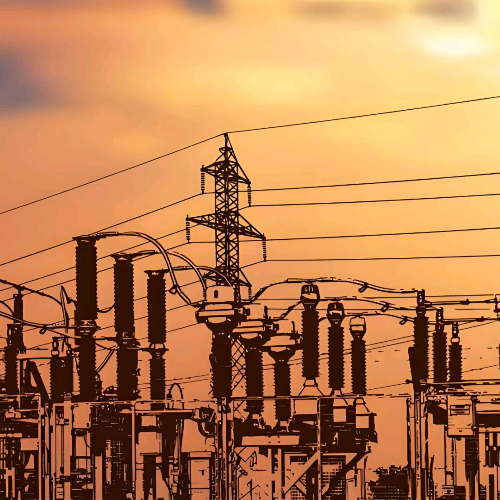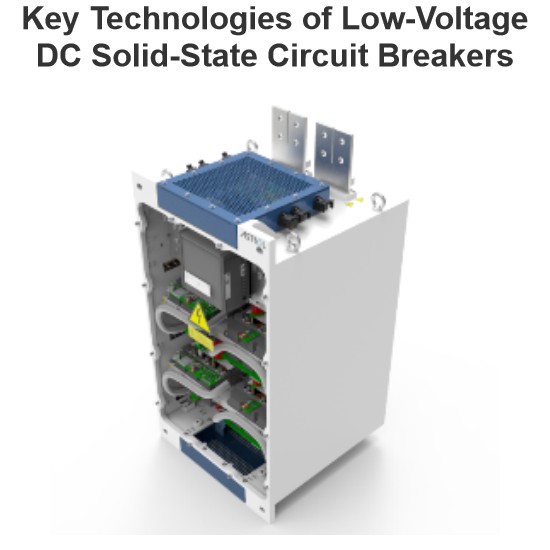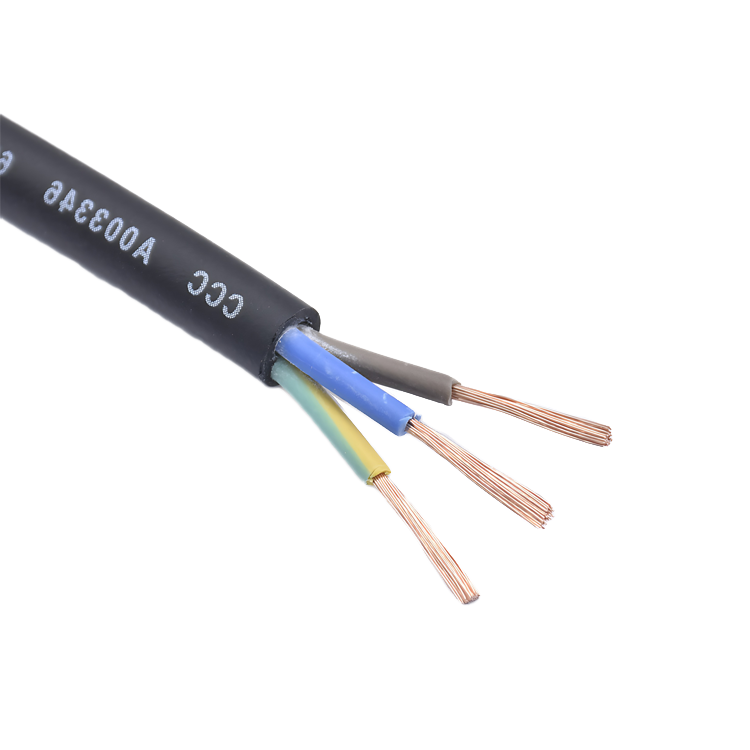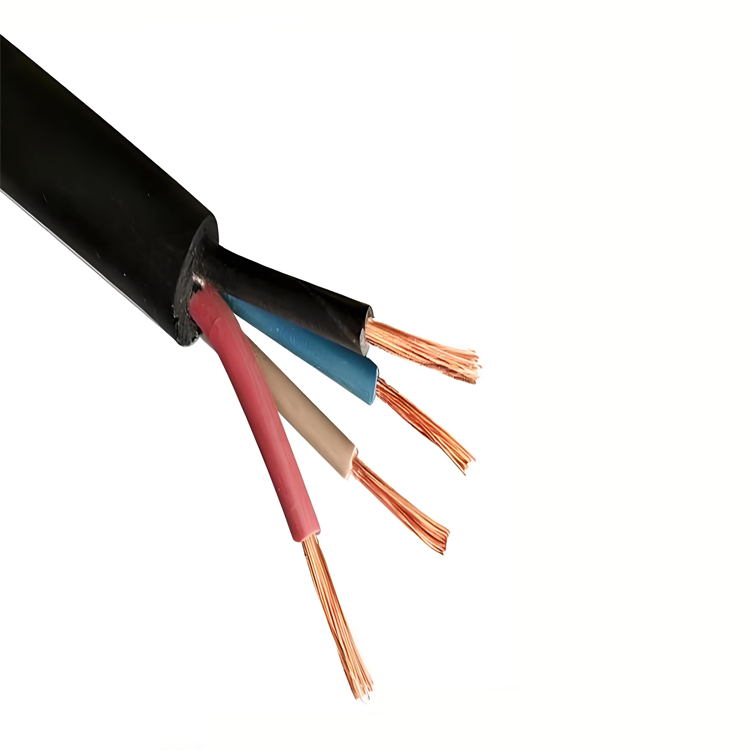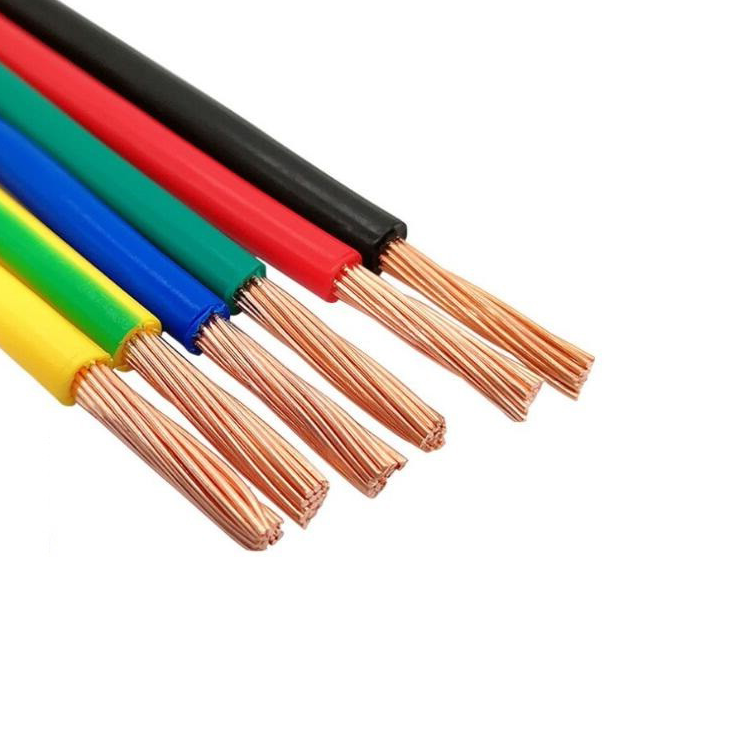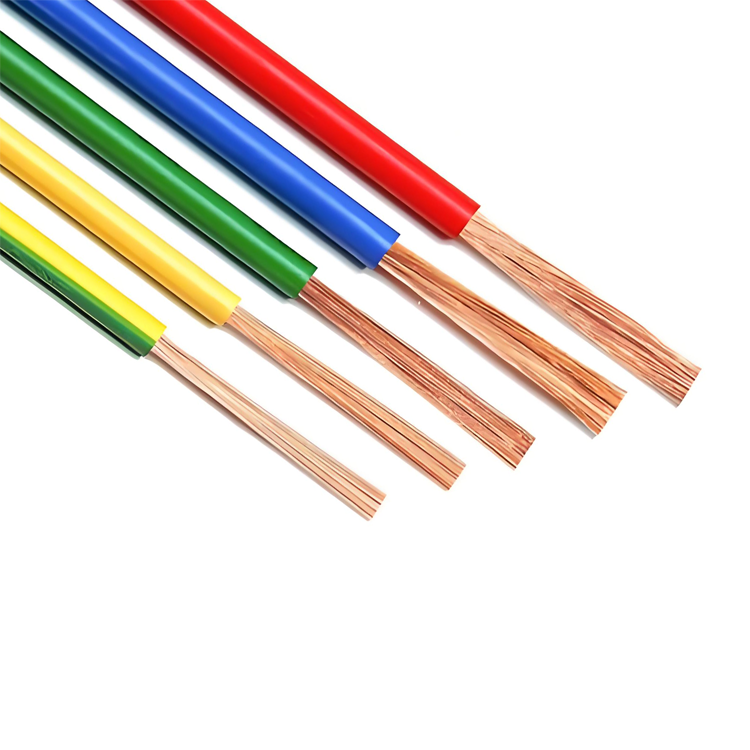1. Current Situation and Problems
Low - voltage overhead cables often suffer insulation damage. Urbanization and infrastructure construction expose them to complex environments (construction, severe weather like strong winds/rains causing scratches or impacts, animal damage), easily breaking insulation layers. Long - term operation also degrades insulation due to aging, corrosion, and prolonged sunlight—e.g., cables in old communities age and crack, raising failure risks.
Existing restoration methods (heat - shrinkable tubes: measure, select, cut, heat; insulating tapes: tilt - wrap yellow wax tape then overlap black tape) are time - consuming, labor - intensive, and unreliable. To solve these, this paper develops an intelligent device. It adapts to various cable specs, quickly locates and precisely repairs damage, needs no complex equipment/specialists, and cuts maintenance time.
2. Overall Design
The intelligent device for insulation restoration of low - voltage overhead cables integrates functions of automatic detection, precise positioning, and efficient restoration. It consists of an automatic detection module, a hot - melt module, an injection molding module, a plastic particle feeding mechanism, pre - clamping/clamping mechanisms, a cooling module, multi - specification cable molds, a restoration control module, a wireless remote control, and insulating materials.
Technical Approaches
Image Acquisition and Processing: Utilize high - resolution technology to automatically collect surface insulation damage of overhead cables, accurately capture minor damages, and provide data support for repairs.
Hot - Melt Injection Molding and Curing: Research hot - melt injection molding and rapid cooling curing technologies to ensure that insulating materials can efficiently and uniformly fill the molds and solidify quickly, forming a robust insulation layer.
Intelligent Control System: Develop a system to automatically control the restoration process, precisely operate the pre - clamping/clamping mechanisms, and stably supply insulating materials, ensuring the continuity and efficiency of repairs.
High - Performance Insulating Materials: Develop insulating materials with high strength, strong adhesion, high elongation at break, and flame retardancy. These materials can adapt to extreme environments such as high temperatures, low temperatures, and humidity, ensuring the device’s applicability and stability.
3. Electronic Design
The intelligent device for insulation restoration of low - voltage overhead cables integrates lifting, heating, mold clamping, injection molding, cooling, and mold opening modules to achieve efficient restoration of overhead cables. The electronic scheme of the intelligent device is shown in Figure 1
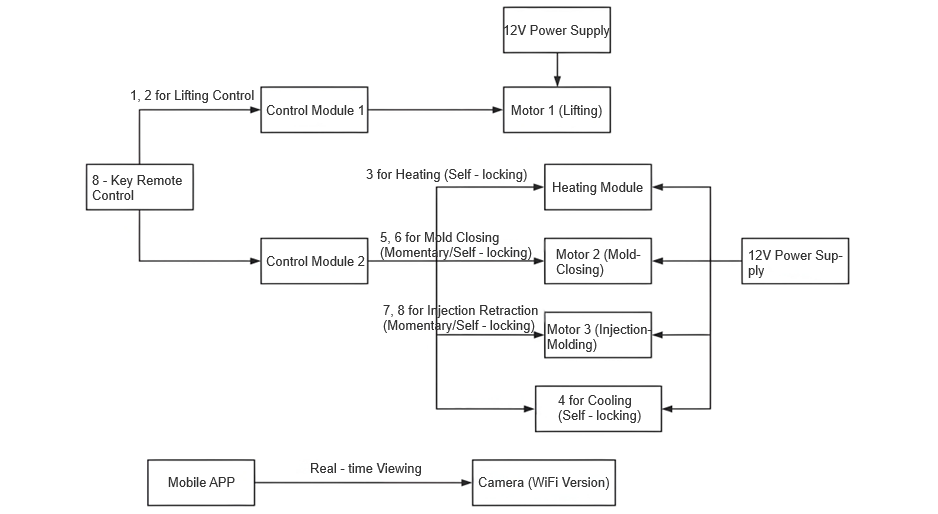
Press remote key 1 to activate the lifting motor, raising the device to the damaged cable. During ascent, press key 3 to preheat restoration material. Upon arrival, press key 5 to clamp the mold around the cable (indicator lights preheating completion).
Press key 7 to inject preheated material into the damage, ensuring full filling. After injection, press key 3 to stop heating (saving energy for cooling). Press key 4 to cool and solidify the material; once done, press key 4 again to turn off cooling. Then press key 6 to open the mold, resetting it. Finally, press key 2 to lower the device back. The process is monitored via mobile app for stability and safety.
2. 433 Remote Control Module
The device uses a 433 module for remote control of lifting, heating, clamping, injection, cooling, and mold opening. Users operate via keys without approaching the restoration area, boosting safety and simplicity.
Composed of a transmitter and receiver, it sends commands as radio waves (via modulation-demodulation). The receiver decodes and triggers actions. With strong anti-interference, stable signals, and long transmission, it suits outdoor/high-altitude/complex scenarios.
3. Mechanical Design
The housing uses high-quality SUS304 stainless steel (oxidation/corrosion/high-temp resistance, high strength) for long-term stability. Advanced mold technology ensures precision; a refined surface adds fingerprint resistance and easy cleaning. Ergonomic and aesthetic, it’s easy to operate/maintain (physical product in Figure 2).
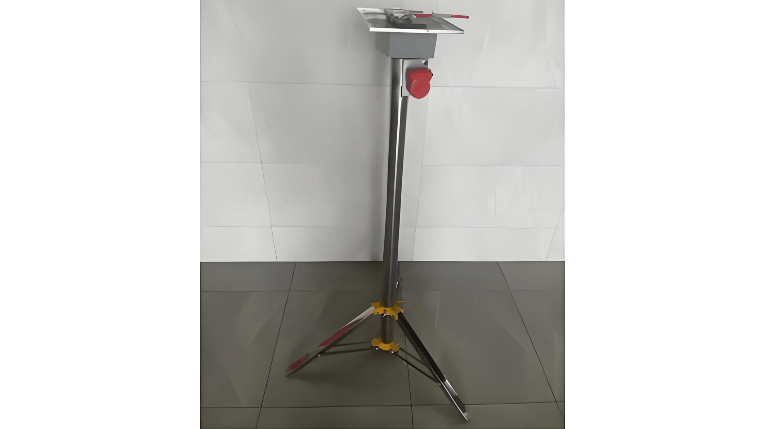
4 Experiments and Tests
4.1 10 - Square Copper Cable Insulation Restoration Test
For the 10 - square copper cable insulation restoration test, using Mold #1: The fluidity and adhesiveness of the insulation restoration material meet the requirements. After compression molding, cool for 3 minutes, then demold. At this point, the material is semi - fully solidified. Continue cooling for 10 minutes: the restored insulation layer is smooth overall, has sufficient hardness, and the insulation restoration effect is quite satisfactory. The 10 - square insulation restoration test is shown in Figure 3a.
4.2 95 - Square Copper Cable Insulation Restoration Test
For the 95 - square copper cable insulation restoration test, using Mold #2: The fluidity and adhesiveness of the insulation restoration material meet the requirements. After compression molding, cool for 5 minutes, then demold (the material is semi - fully solidified at this time). Continue cooling for 12 minutes: the restored insulation layer is smooth overall, has acceptable hardness, and the insulation restoration effect is quite satisfactory. The 95 - square insulation restoration test is shown in Figure 3b.

5 Conclusion
The intelligent device for insulation restoration of low - voltage overhead cables adopts a modular design approach. It highly integrates multiple functional modules to form a complete and efficient automated restoration device. It not only achieves precise positioning of cable insulation damage and automatic lifting processing but also ensures accurate operations during the restoration process through advanced motor control technology.
The intelligent device has developed a software, enabling real - time monitoring of the entire process from lifting, material preheating, injection molding restoration to cooling via a mobile APP. This greatly improves restoration efficiency and precision. The intelligent device enhances safety, guarantees insulation restoration quality, and has an extremely broad application prospect.

















